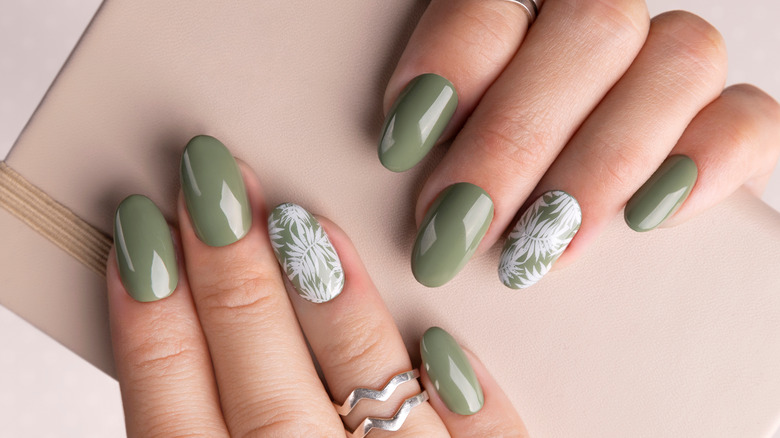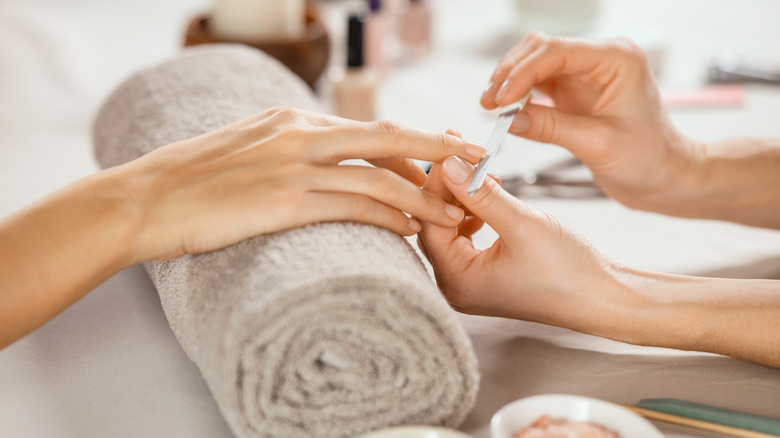Is Nail Polish Primer Worth It?
The pandemic's extended quarantine periods forced us to shift our salon rituals out of the salon; we began waxing, manicuring, and coloring at home. Even when salons opened up, a study by Bobit Beauty Health and Wellness showed that they weren't doing as well with service sales, and that they attributed it to clients not coming back as regularly. That tells us that when we're not pampered by the professional touch, we've practiced enough to take care of our beauty needs on our own.
If you're someone who does their nails regularly, you've probably come across a nail polish primer. It's a coat you "prime" your nails with to prep them for the actual polish. These products tend to remove moisture, improve adhesion, and create a surface for your base coat and acrylics. You can pick between an acid primer (the regular kind) — which uses an acid that is highly corrosive to the skin but highly effective for nails — or acid-free primer — which creates covalent bonds with the acrylics — per Nail Pro. Your manicurist probably uses safety goggles and carefully applies a sparing coat of primer on your nail, and you should, too.
But considering that nail primers are chemical products that can damage the nail or skin when used incorrectly, are they worth the coat?
Use nail polish primer sparingly
You only need nail primers for acrylic nails. Gel polish, nail polish, silk, and fiberglass don't usually need primer, according to nail stylist Katie Barnes (via Scratch Magazine). A base coat will do for these kinds of manicures, and many have primer-based properties already. For acrylic nails, however, a nail primer can really enhance and extend the life of a manicure. "Conventional acrylic liquid and powder will stick to the nails without primer, but it won't stick very well," Doug Schoon, executive director of Chemical Awareness Training Service, told Nails Mag. A coat of nail primer can help avoid lifting of the acrylics for longer so they're worth it for long-lasting nails.
However, the caution involved in application and chemical ingredients that can thin nail plates may deter some. One quick fix is to use the acid-free nail primer. But for both, you need to apply a minimal amount and never go above two coats, as that can damage your nails. Less is more with this product, and you should wait for it to dry completely before applying anything over it. Barnes also advises not to apply it on tips, as they could crack the plastic. Finally, make sure you have windows open while using primer and consult with a manicurist if you feel like you need guidance on how much you should use for your nail.

